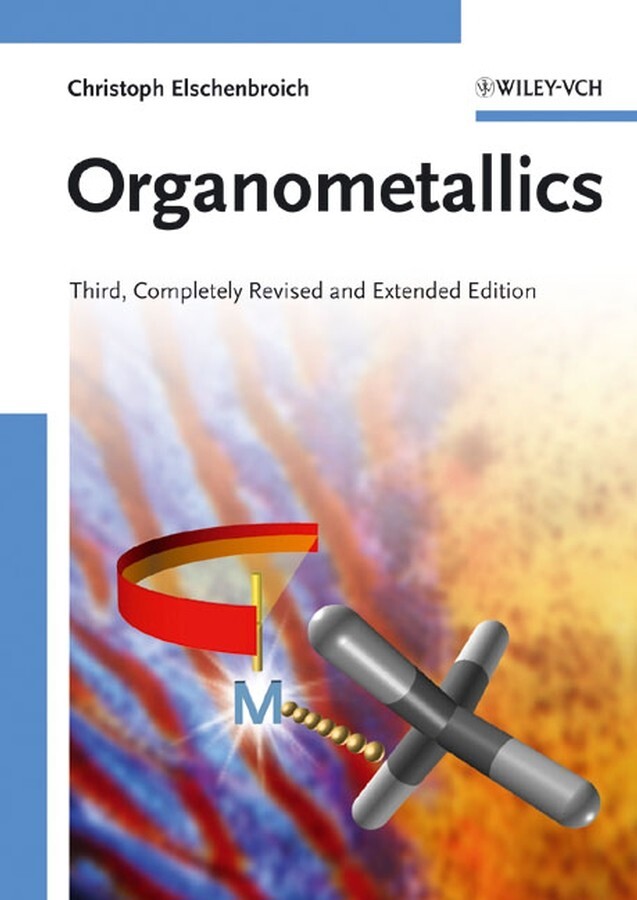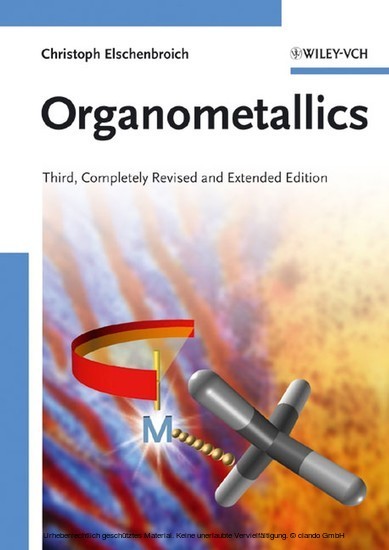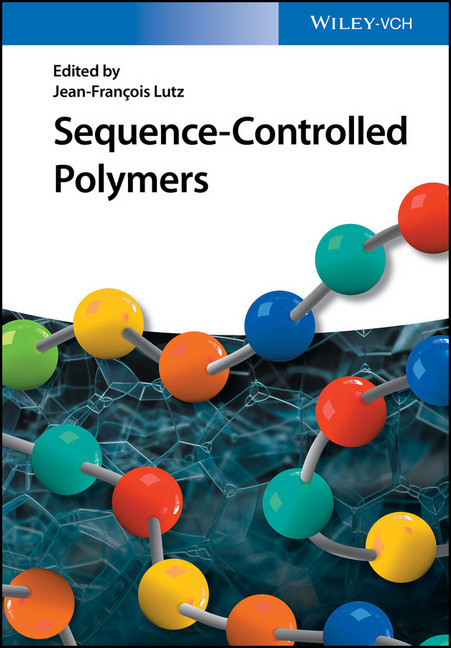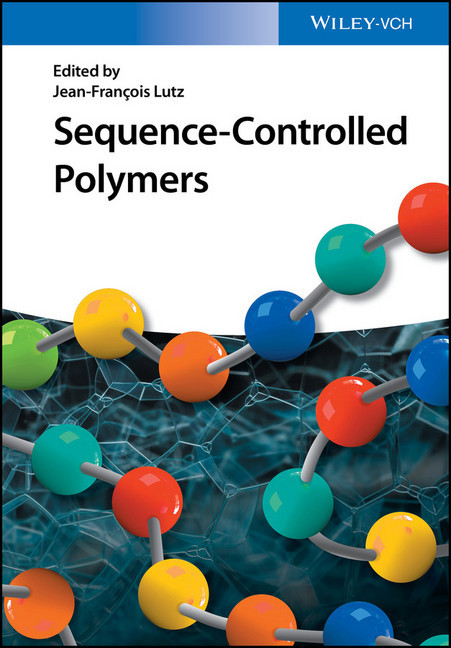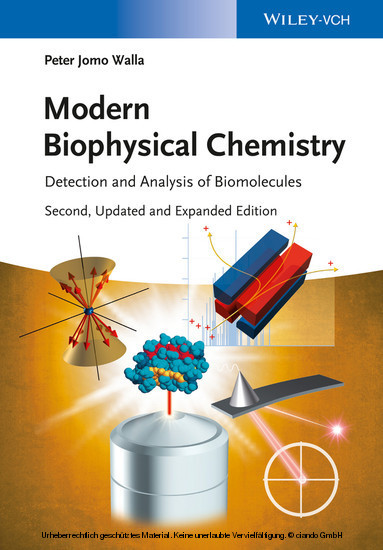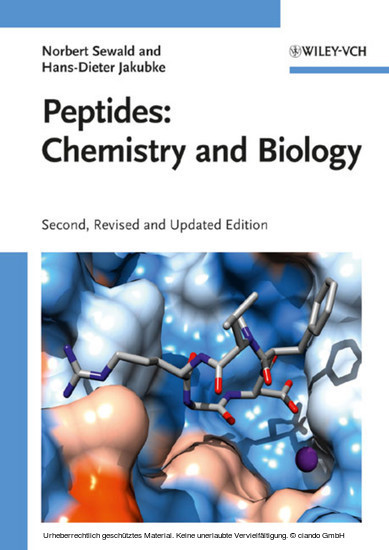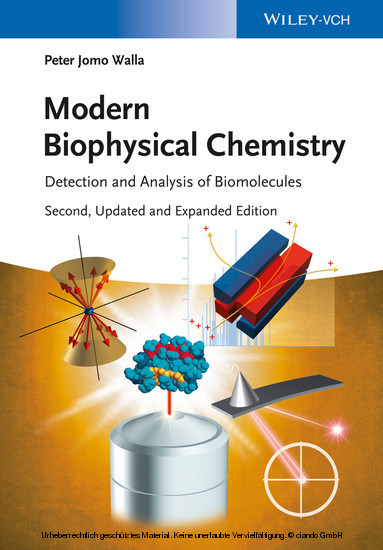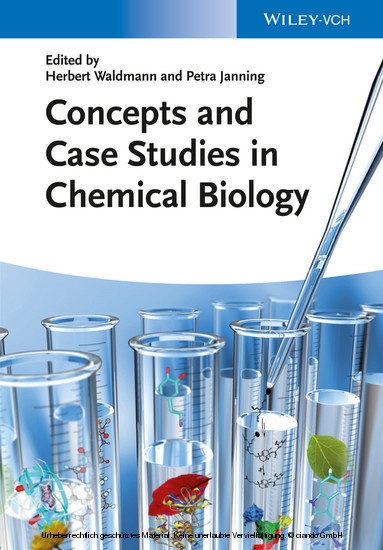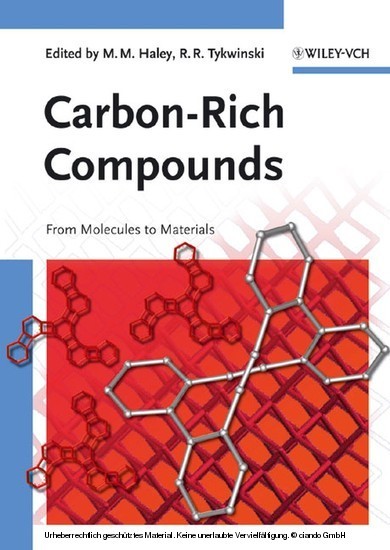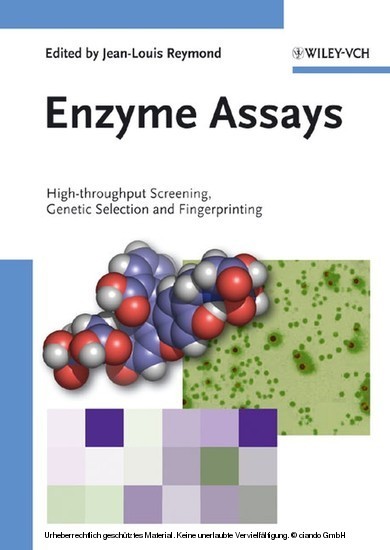Organometallics
THE textbook on organometallic chemistry. Comprehensive and up-to-date, the German original is already a classic, making this third completely revised and updated English edition a must for graduate students and lecturers in chemistry, inorganic chemists, chemists working with/on organometallics, bioinorganic chemists, complex chemists, and libraries. Over one third of the chapters have been expanded to incorporate developments since the previous editions, while the chapter on organometallic catalysis in synthesis and production appears for the first time in this form.
From the reviews of the first English editions:
'The selection of material and the order of its presentation is first class ... Students and their instructors will find this book extraordinarily easy to use and extraordinarily useful.' -Chemistry in Britain
'Elschenbroich and Salzer have written the textbook of choice for graduate or senior-level courses that place an equal emphasis on main group element and transition metal organometallic chemistry. ... this book can be unequivocally recommended to any teacher or student of organometallic chemistry.' - Angewandte Chemie International Edition
'The breadth and depth of coverage are outstanding, and the excitement of synthetic organometallic chemistry comes across very strongly.' - Journal of the American Chemical Society
Ch. Elschenbroich earned his Ph.D. with E. O. Fischer at Munich in 1966. After two years of post-doctoral study in Israel (1967-68, Weizmann Institute, Technion), he joined Metallgesellschaft AG (Frankfurt, 1969-70) to work on surface-chemical aspects of corrosion protection. During 1971-75 he did research at the University of Basel, Switzerland, dealing with applications of EPR spectroscopy to organometallic chemistry. This led to the 'habilitation' in 1975. In the same year he moved to Marburg as a Professor of Inorganic Chemistry. He was visiting Professor at Zurich University (1981), Brookhaven National Laboratory (1986) and the Ecole Nationale Superieure de Chimie de Paris (1994).
From the reviews of the first English editions:
'The selection of material and the order of its presentation is first class ... Students and their instructors will find this book extraordinarily easy to use and extraordinarily useful.' -Chemistry in Britain
'Elschenbroich and Salzer have written the textbook of choice for graduate or senior-level courses that place an equal emphasis on main group element and transition metal organometallic chemistry. ... this book can be unequivocally recommended to any teacher or student of organometallic chemistry.' - Angewandte Chemie International Edition
'The breadth and depth of coverage are outstanding, and the excitement of synthetic organometallic chemistry comes across very strongly.' - Journal of the American Chemical Society
Ch. Elschenbroich earned his Ph.D. with E. O. Fischer at Munich in 1966. After two years of post-doctoral study in Israel (1967-68, Weizmann Institute, Technion), he joined Metallgesellschaft AG (Frankfurt, 1969-70) to work on surface-chemical aspects of corrosion protection. During 1971-75 he did research at the University of Basel, Switzerland, dealing with applications of EPR spectroscopy to organometallic chemistry. This led to the 'habilitation' in 1975. In the same year he moved to Marburg as a Professor of Inorganic Chemistry. He was visiting Professor at Zurich University (1981), Brookhaven National Laboratory (1986) and the Ecole Nationale Superieure de Chimie de Paris (1994).
1;Cover;12;Series Page;43;Title Page;54;Copyright;65;Preface to the Third Edition;76;Preface to the First Edition;97;Contents;118;Introduction;198.1;1 Milestones in Organometallic Chemistry;218.2;2 Organoelement Compounds: Classification and Electronegativity Considerations;298.3;3 Energy, Polarity, and Reactivity of the M-C Bond;338.3.1;3.1 Stability of Main-Group Organometallic Compounds;338.3.2;3.2 Lability of Main-Group Organometallic Compounds;359;Main-Group Organometallics;439.1;4 Overview of Preparation Methods;459.2;5 Organometallic Chemistry of Alkali Metals (Group 1);519.2.1;5.1 Organolithium Compounds;519.2.2;5.2 Organometallic Compounds of the Heavier Alkali Metals;689.3;6 Organometallic Compounds of Groups 2 and 12;779.3.1;6.1 Organometallic Compounds of the Alkaline-Earth Metals (Group 2);779.3.1.1;6.1.1 Organoberyllium Compounds;779.3.1.2;6.1.2 Organomagnesium Compounds;809.3.1.3;6.1.3 Organocalcium, -strontium, and -barium Compounds;889.3.2;6.2 Organometallic Compounds of Zn, Cd, Hg (Group 12);919.3.2.1;6.2.1 Organozinc Compounds;919.3.2.2;6.2.2 Organocadmium Compounds;959.3.2.3;6.2.3 Organomercury Compounds;969.4;7 Organometallic Compounds of the Boron Group (Group 13);1059.4.1;7.1 Organoboron Compounds;1059.4.1.1;7.1.1 Organoboranes;1059.4.1.2;7.1.2 Organoboron-Transition-Metal Compounds;1119.4.1.3;7.1.3 Boron Heterocycles;1129.4.1.4;7.1.4 Polyhedral Boranes, Carbaboranes, and Heterocarbaboranes;1179.4.2;7.2 Organoaluminum Compounds;1289.4.2.1;7.2.1 Organoaluminum III Compounds;1299.4.2.2;7.2.2 Subvalent Organoaluminum Compounds;1419.4.3;7.3 Gallium, Indium, and Thallium Organyls;1449.4.3.1;7.3.1 GaIII, InIII, and TlIII Organyls and Their Lewis Base Adducts;1449.4.3.2;7.3.2 GaII,I, InII,I, and TlII,I Organyls;1479.4.3.3;7.3.3 Thallium in Organic Synthesis;1549.5;8 Organoelement Compounds of the Carbon Group (Group 14);1579.5.1;8.1 Organosilicon Compounds;1609.5.1.1;8.1.1 Silicon Organyls of Coordination Number 4;1609.5.1.2;8.1.2 Organosilicon Compounds with Coordination Numbers 3, 2, and 1 and Their Subsequent Products;1719.5.2;8.2 Organogermanium Compounds;1899.5.2.1;8.2.1 Germanium Organyls of Coordination Number 4;1899.5.2.2;8.2.2 Organogermanium Compounds with Coordination Numbers 3, 2, and 1 and Their Subsequent Products;1939.5.3;8.3 Organotin Compounds;1979.5.3.1;8.3.1 Organotin Compounds with Coordination Numbers 6, 5, and 4 and Their Subsequent Products;2009.5.3.2;8.3.2 Organotin Compounds with Coordination Numbers 3, 2, and 1 and Their Subsequent Products;2099.5.4;8.4 Organolead Compounds;2169.5.4.1;8.4.1 PbIV Organyls;2179.5.4.2;8.4.2 PbIII, PbII, and PbI Organyls;2219.6;9 Organoelement Compounds of the Nitrogen Group (Group 15);2299.6.1;9.1 EV Organyls (E = As, Sb, Bi);2309.6.1.1;9.1.1 Pentaorganoelement Compounds R5E;2309.6.1.2;9.1.2 Organoelement Derivatives RnEX5-n;2339.6.2;9.2 EIII Organyls (E = As, Sb, Bi);2359.6.2.1;9.2.1 Trisorganoelement Compounds R3E;2369.6.2.2;9.2.2 Organoelement Derivatives RnEX3-n;2399.6.3;9.3 Chains and Rings containing E-E Single Bonds;2429.6.4;9.4 E (P, As, Sb, Bi ) as Partners in Multiple Bonds;2479.6.4.1;9.4.1 E=C(p?-p?) Bonds;2479.6.4.2;9.4.2 EC(p?-p?) Bonds;2509.6.4.3;9.4.3 E=E(p?-p?) Bonds;2539.6.4.4;9.4.3 E? E(p?-p?) Bonds;2559.7;10 Organoelement Compounds of Selenium and Tellurium (Group 16);2579.8;11 Organometallic Compounds of Copper, Silver, and Gold (Group 11);2679.8.1;11.1 Copper and Silver Organyls;2679.8.2;11.2 Gold Organyls;28010;Organometallic Compounds of the Transition Metals;29110.1;12 Introduction;29310.1.1;12.1 The 18 Valence Electron (18 VE) Rule;29410.1.2;12.2 Organometallic Catalysis: Some Fundamental Principles;30210.2;13 ?-Donor Ligands;30910.2.1;13.1 Preparation of Transition-Metal-Alkyl and -Aryl Compounds;31010.2.2;13.2 Selected Properties of Transition-Metal ?-Organyls;31310.2.2.1;13.2.1 Thermodynamic Stability versus Kinetic Lability;31310.2.2.2;13.2.2 Interac
Elschenbroich, Christoph
| ISBN | 9783527805143 |
|---|---|
| Artikelnummer | 9783527805143 |
| Medientyp | E-Book - PDF |
| Auflage | 3. Aufl. |
| Copyrightjahr | 2016 |
| Verlag | Wiley-VCH |
| Umfang | 817 Seiten |
| Sprache | Englisch |
| Kopierschutz | Adobe DRM |

